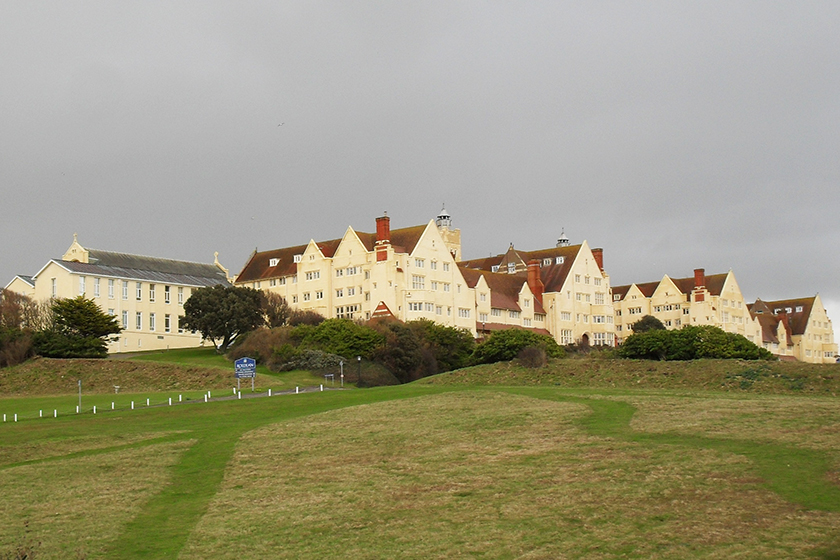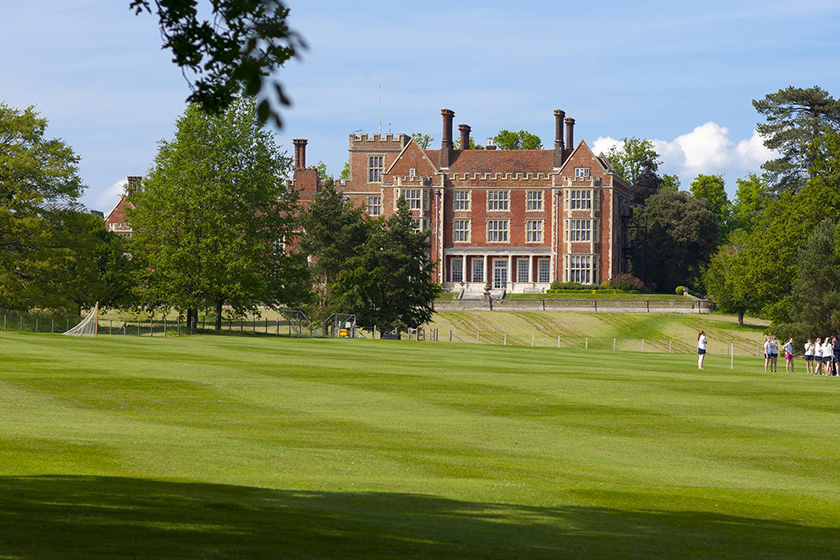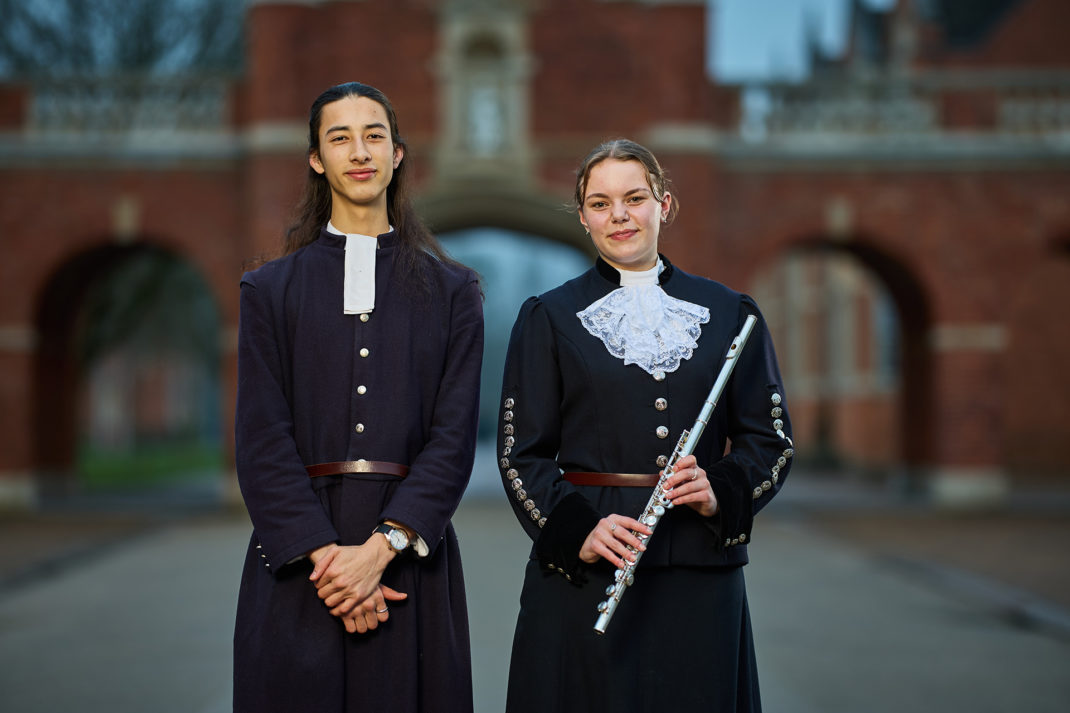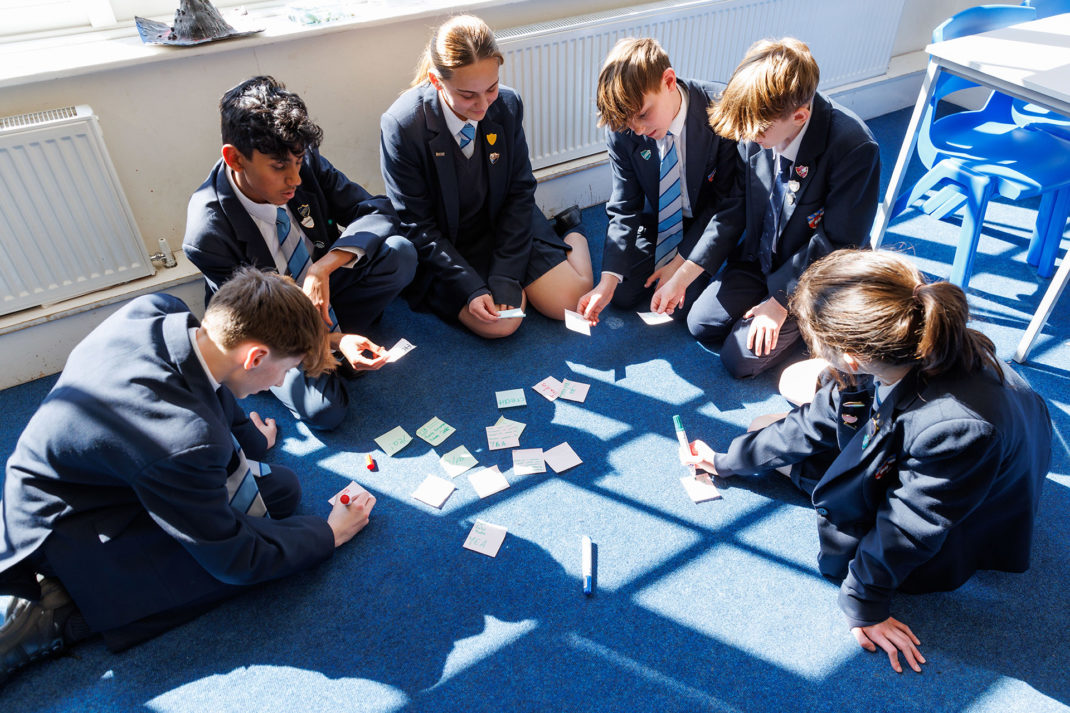How to Choose the Right Girls’ School
By
8 years ago
So you've decided to go down the single-sex path for your daughter. What are the next steps?
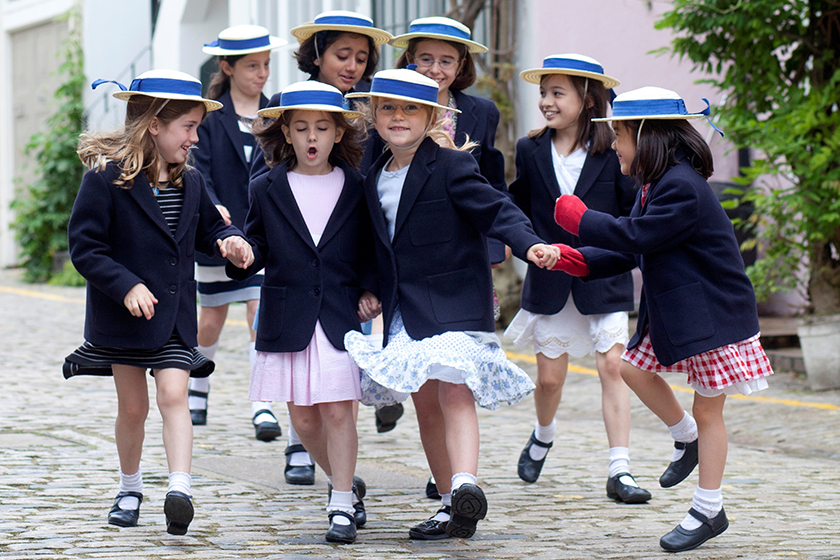
Choosing between girls’ schools is about really knowing your daughter, understanding what she wants and needs and then visiting a lot of schools, says Eleanor Doughty.

Queen’s Gate School
You might find it easy to espouse the virtues of girls’ independent schools but if you think that that makes the task of choosing the right school for your daughter easy, then you would be wrong. The tricky part comes in differentiating between them – and choosing the right one.
The first questions to ask yourself are ‘Do I want a box of wax crayons or a sharpened pencil? Do I want an academic genius, or an all-rounder?’ She’s guaranteed to be self-assured, witty, and wise, but it’s a choice to make.
Heads will arm you with the official gloss, and assure you that every girl they send away at 18 is a box of wax crayons – that she can do everything – but some schools do, inevitably, focus on different things. You wouldn’t send a girl who couldn’t tell you one end of a hockey stick from another to frequent national champions Repton.
Types of girls’ school
Before you go near a school, take a good hard look at your own daughter, her needs, and what kind of person she is. It’s no good expecting a shy, non-sporty girl to excel in a large boisterous school where everyone shouts to be heard. Is she academic, arty, or a bookworm? Does she ride, or is her speed the vaulting bar?
Talk to her, and to her prep school head. The job of preparatory schools, by definition is to get your daughter into the right school. If they do their job well, she will have been steered in the right direction.
There’s a lot to bear in mind when making a selection: league tables – many schools don’t deal with them, so they can be misleading – and websites, glossy prospectuses, current heads, past heads, even future heads. And what age is best? Many girls’ senior schools start at 11, while many of their public school co-ed (and boys’ only) counterparts are 13–18. It’s worth taking note of your initial favourites, and what age their first intake is.
What the girls’ school associations say
‘A school’s performance cannot be measured solely on its academic achievement,’ suggests the Girls’ Day Schools Trust (GDST). The Girls’ Schools Association (GSA) recommend doing the initial visits on your own first. ‘If your daughter falls in love with a school that you subsequently deem to be unsuitable, then you will be in a tricky position,’ they warn.
Start with the practicalities. The first critical decision: day, flexi, or boarding? If you are sending your daughter to a school where she is only one of a few boarders, it’s hard. Next up, logistics. Location, budget and admissions criteria are still a priority; you’ve got fees to pay, and commutable distances to consider. Do you want her nearby, or can she – and you, mainly you – cope with a longer road trip? Will she want to sit Common Entrance, what are her likely grades, or are you looking for a school with no assessment criteria?
The GSA sensibly preaches that you should ‘try not to be fooled by the great facilities’, but ask to be shown the common areas: the dorms, the loos, the studies. They won’t be glamorous, but these are the environments in which the girls spend their time together away from staff. Take particular note – and award a gold star – if such locations are on the official tour. That means the school considers them important, as they should.
Town or country?
Somewhere between the easier going country schools, and the bigger, more competitive London schools, are a huddle within spitting distance of town. Within a few miles there’s the arty St George’s Ascot and the polo-playing Heathfield. The fast-paced St Catherine’s Bramley isn’t far away in Guildford.

Heathfield
Move out into the shires and Downe House girls are ‘friends for life, a real tight knit group’. They are also given the opportunity to interact with the opposite sex. ‘We believe that it is important for girls to socialise with boys,’ Michelle Scott, assistant headmistress of Downe House says. ‘Being in a single-sex environment does not mean that boys are not accessible. Our girls are increasingly encouraged through social activities – dinners, discussions, and societies – to mix with boys.’ Tudor Hall, in Oxfordshire, turns out ‘incredibly articulate and amusing’ girls, so say friends. ‘They’re quite old-school. They put on a lot of plays.’
Closer to the city centre, in leafy Hammersmith, the bigger St Paul’s with more than 700 girls aged 11–18, has a reputation for ‘high ambitions’. Last year’s results bore this out: 32 per cent of the sixth form secured Oxbridge places. The sciences are huge at St Paul’s, too, with 75 per cent sitting maths at A-level.
Which girls’ school?
What alumni and teachers have to say about their respective girls’ schools.
Queen’s Gate School
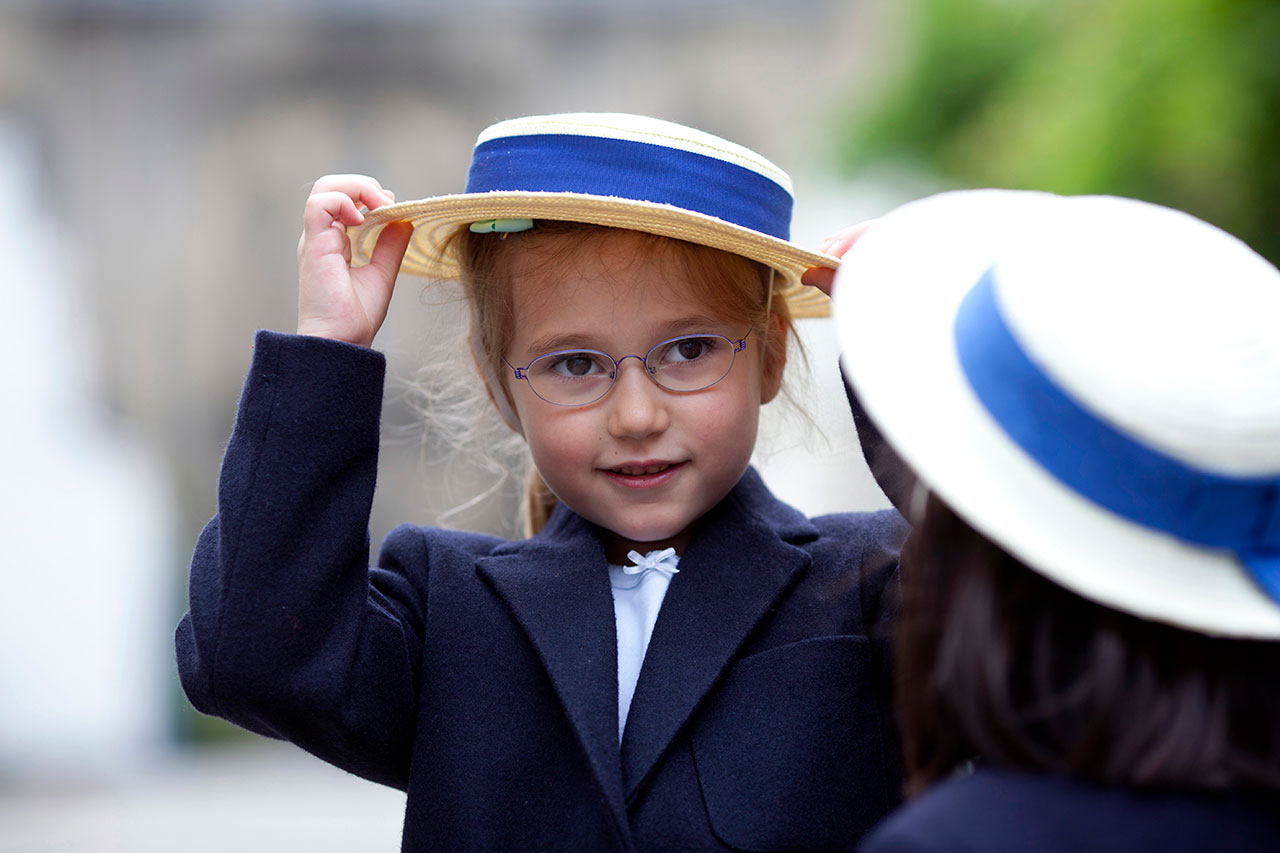
Ros Kamaryc, principle of SW7’s Queen’s Gate School defines her girls as being, ‘wonderful to work with. They care about others, and have a love of learning. They develop strong friendships, and become responsible citizens in a small school, and then a larger world’.
Roedean
Roedeanians, studying on the coast in Brighton, according to headmaster Oliver Blond, are ‘girls who are curious, and keen to learn and explore’. Roedean has a large international population, great A-level results – 83 per cent at A*–B last year – and a ‘super’ co-ed enrichment programme with local schools that aims to lessen the numbers of awkward school discos.
St Mary’s Calne

Everyone is a team player at St Mary’s Calne in Wiltshire, where it is ‘quite horsey’, but the grades are top notch too. Last year they racked up a 94 per cent A*–B rate at A-level, and is in such demand that the school recommends registering your daughter when she’s eight or nine.
Parents who are trying out the system for the first time might worry about sending their girls into an all-female environment. But there’s nothing to worry about: at St Mary’s Calne there is a male teacher in almost every department, and a male resident tutor at Mews House. Sophie Wallace, a St Mary’s Calne old girl, agrees. ‘I had no notion that people fixated on gender inequality so much until I was at university. The words, ‘you are girl, you can’t do that’, never crossed anyone’s lips.’ This unconscious feminism is important to girls’ schools, providing a very different outlook for your daughter as she moves from school to university, and into the wider world.
Prior’s Field
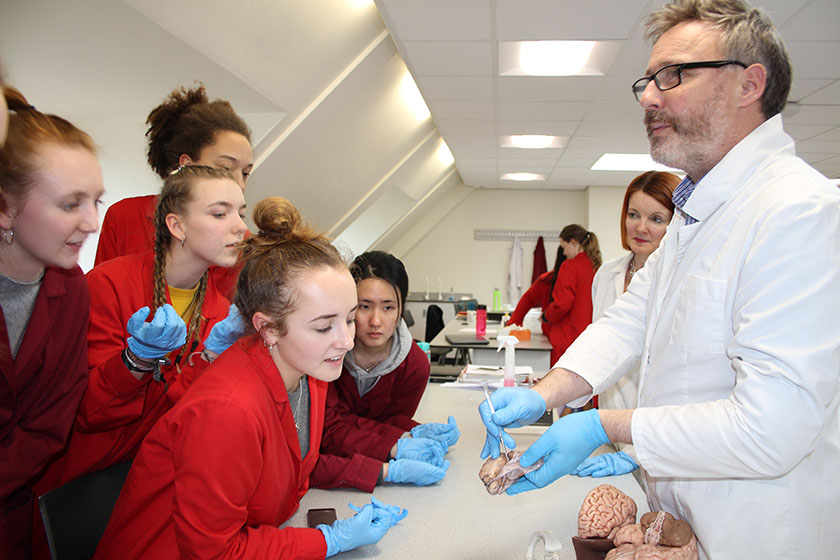
At the cosy Prior’s Field in Godalming, where the majority are day girls, and live locally, former headmistress Julie Roseblade said that ‘girls of all ability do well. The school looks for those who would thrive in an environment that encourages a healthy, all round approach to life and learning’. They ask for ‘good grades at GCSE for sixth form’ and still pull out 73 per cent A*–B at A-level. Mrs Roseblade argued that she witnessed a freedom to going through adolescence without additional social pressures spilling into school, but explains that ‘girls can socialise with boys on their own terms and when they choose to’.
Cheltenham Ladies’ College
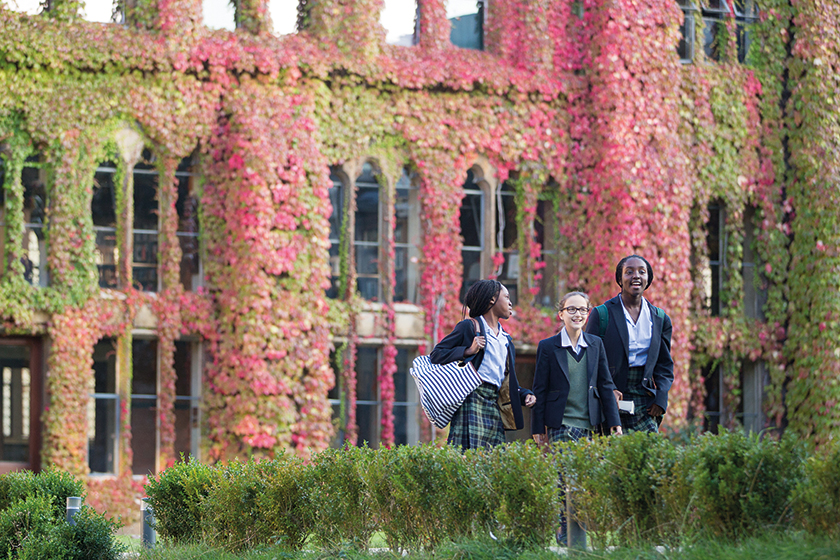
‘I just didn’t have the concerns of makeup or fashion to the extent that my friends at co-ed school had,’ Miki Simpson, a Cheltenham Ladies’ old girl confirmed. ‘I could roll out of bed and just concentrate on what I needed to as opposed to being worried about other things on the side. No one admit to these concerns, but they do exist.’
Benenden
Benenden in Kent is an all-girls, full-boarding school and Princess Anne’s alma mater. It’s adored. ‘Benenden is something straight out of an Enid Blyton novel, where everything is a “hoot”,’ an old girl explained. Founded as a ‘happy school with personal integrity and service to others always in mind’, Benenden still operates under the same principles today. The girls play competitive lacrosse, netball and tennis, and can, thanks to a swanky new fitness centre, enjoy yoga, Zumba, and aqua aerobics, in a packed studio class timetable.
Walthamstow Hall
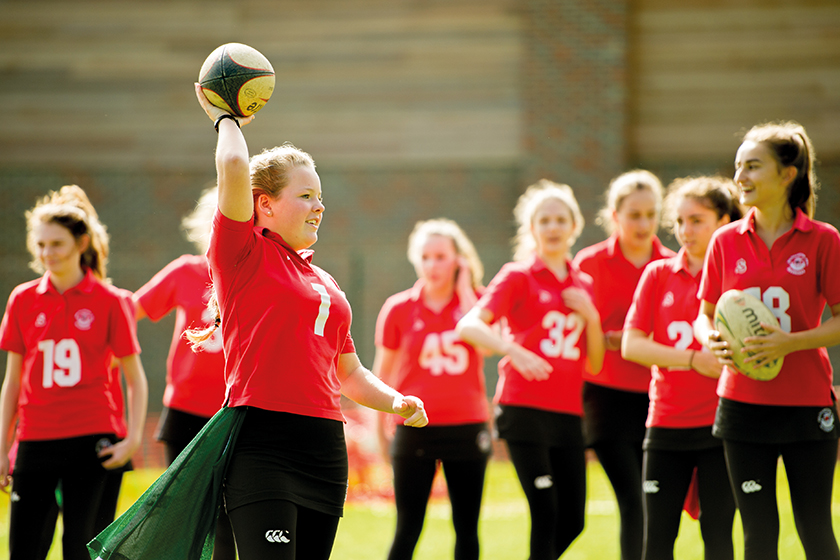
The key to successful girls’ schools is not the academic learning, but the belief in being a girl. The belief that there is no gender barrier – that girls are able to crack on with whatever they choose. Girls’ schools – for obvious reasons – present that as normality. ‘We weren’t afraid to do “non-girly” things,’ Jennifer Ledsham explains of her time at Walthamstow Hall day school in Sevenoaks. ‘I never, not in the 15 years I was at the school, played a girl in a play or a musical, or found this to be a problem.’
The verdict
Ultimately, however, it is the end product, after many years of education, which is important. Ask to meet the older girls when you look around: are these the sort of role models you’d like for your daughter? If the answer is yes, then tick a big box off your checklist. If not, then perhaps think again.
At the end of the lengthy process that is school selection, you and your daughter will have met lots of girls that are a ‘credit’ to their school. But which credit is the one you want to bring home at Christmas? You’ll know when you’ve found her. You always do.

